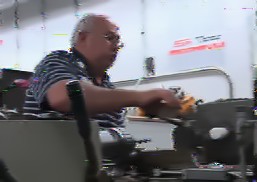
www.rhci-online.net/radiogram/radiogram.htm
██╗ ██╗ ██████╗ █████╗ ██████╗ █████╗ ██████╗ ██╗ ██████╗ ██████╗ ██████╗ █████╗ ███╗ ███╗ ██║ ██║██╔═══██╗██╔══██╗ ██╔══██╗██╔══██╗██╔══██╗██║██╔═══██╗██╔════╝ ██╔══██╗██╔══██╗████╗ ████║ ██║ ██║██║ ██║███████║ ██████╔╝███████║██║ ██║██║██║ ██║██║ ███╗██████╔╝███████║██╔████╔██║ ╚██╗ ██╔╝██║ ██║██╔══██║ ██╔══██╗██╔══██║██║ ██║██║██║ ██║██║ ██║██╔══██╗██╔══██║██║╚██╔╝██║ ╚████╔╝ ╚██████╔╝██║ ██║ ██║ ██║██║ ██║██████╔╝██║╚██████╔╝╚██████╔╝██║ ██║██║ ██║██║ ╚═╝ ██║ ╚═══╝ ╚═════╝ ╚═╝ ╚═╝ ╚═╝ ╚═╝╚═╝ ╚═╝╚═════╝ ╚═╝ ╚═════╝ ╚═════╝ ╚═╝ ╚═╝╚═╝ ╚═╝╚═╝ ╚═╝
RSID: <<2014-03-01T16:01Z
MFSK-32 @ 17860000+1500>>
<STX>
Welcome to program 48 of VOA Radiogram from the Voice of America.
I'm Kim Andrew Elliott in Washington.
Here is the lineup for today's program:
1:34 MFSK32: Program preview (now)
2:48 MFSK32: Introduction to Olivia experiment
4:35 Olivia 64-2000: Excerpt of VOA News story
8:29 Olivia 32-2000: Excerpt from same VOA News story
12:02 Olivia 16-2000: Excerpt from same VOA News story
15:17 Olivia 8-2000: Excerpt from same VOA News story
18:23 MFSK32: Hospital machinist, with image
26:07 MFSK32: Closing announcements
Please send reception reports to radiogram@voanews.com
And visit voaradiogram.net
Twitter: @VOARadiogram
<EOT>
<STX>
Next on VOA Radiogram, we will depart from our usual MFSK modes
and conduct experiments with Olivia at different speeds.
In general, the Olivia modes are too slow for broadcasting.
However, we should keep in mind that text via shortwave can be
received unattended, for later retrieval, making speed less of an
issue. Furthermore, the Olivia modes might be more capable of
overcoming co-channel interference than our usual MFSK modes.
The speed of the Olivia modes increases as 1) bandwidth increases
and 2) the number of tones decreases. However, as the number of
tones decreases, the robustness of the mode, i.e. the ability to
decode in difficult reception conditions, decreases.
On this shortwave broadcast channel, we will use the maximum
2000 Hz bandwidth. We will transmit about three minutes of
content in each of Olivia 64-2000 (29 wpm), 32-2000 (48 wpm),
16-2000 (76 wpm), and 8-2000 (104 wpm). As the number of tones
decreases, and the Olivia modes become faster, how much does
performance deteriorate?
VOA Radiogram now changes to Olivia 64-2000...
<EOT>
RSID: <<2014-03-01T16:04Z
OL 64-2K @ 17860000+1500>>
This is VOA Radiogram in Olivia 64-2000...
VOA NEWS
Matthew Hilburn
January 17, 2014
WASHINGTON - A decision this week by a U.S. federal appeals court
to strike down so-called net neutrality may not only have major
ramifications for Internet users in the United States.
It could also have ripple effects overseas.
Experts say the ruling could be a boon to other countries if
innovation is hampered in the U.S.
But it could be bad news, too, for Internet users outside the
U.S. because other governments could adopt similar rules and
regulations.
VOA Radiogram now changes to Olivia 32-2000...
RSID: <<2014-03-01T16:08Z
OL 32-2K
@ 17860000+1500>>
This is VOA Radiogram in Olivia 32-2000...
VOA NEWS
Matthew Hilburn
January 17, 2014
WASHINGTON - A decision this week by a U.S. federal appeals court
to strike down so-called net neutrality may not only have major
ramifications for Internet users in the United States.
It could also have ripple effects overseas.
Experts say the ruling could be a boon to other countries if
innovation is hampered in the U.S.
But it could be bad news, too, for Internet users outside the
U.S. because other governments could adopt similar rules and
regulations.
The ruling by the United States Court of Appeals in the District
of Columbia struck down a Federal Communications Commission's
(FCC) order from 2010, which imposed net neutrality on broadband
Internet service providers (ISPs).
Net neutrality means that ISPs are to provide equal access to all
types of Internet content.
VOA Radiogram now changes to Olivia 16-2000...
RSID: <<2014-03-01T16:12Z
OL 16-2K
@ 17860000+1500>>
This is VOA Radiogram in Olivia 16-2000...
VOA NEWS
Matthew Hilburn
January 17, 2014
WASHINGTON - A decision this week by a U.S. federal appeals court
to strike down so-called net neutrality may not only have major
ramifications for Internet users in the United States.
It could also have ripple effects overseas.
Experts say the ruling could be a boon to other countries if
innovation is hampered in the U.S.
But it could be bad news, too, for Internet users outside the
U.S. because other governments could adopt similar rules and
regulations.
The ruling by the United States Court of Appeals in the District
of Columbia struck down a Federal Communications Commission's
(FCC) order from 2010, which imposed net neutrality on broadband
Internet service providers (ISPs).
Net neutrality means that ISPs are to provide equal access to all
types of Internet content.
The FCC regulates interstate and international communications by
radio, television, wire, satellite and cable" in the U.S.
According to the 2010 FCC order, ISPs "shall not block lawful
content, applications, services or non-harmful devices, subject
to reasonable network management." It also said ISPs "shall not
unreasonably discriminate in transmitting lawful traffic over a
consumer's broadband Internet access service."
VOA Radiogram now changes to Olivia 8-2000...
RSID: <<2014-03-01T16:15Z
OL 8-2K
@ 17860000+1500>>
This is VOA Radiogram in Olivia 8-2000...
VOA NEWS
Matthew Hilburn
January 17, 2014
WASHINGTON - A decision this week by a U.S. federal appeals court
to strike down so-called net neutrality may not only have major
ramifications for Internet users in the United States.
It could also have ripple effects overseas.
Experts say the ruling could be a boon to other countries if
innovation is hampered in the U.S.
But it could be bad news, too, for Internet users outside the
U.S. because other governments could adopt similar rules and
regulations.
The ruling by the United States Court of Appeals in the District
of Columbia struck down a Federal Communications Commission's
(FCC) order from 2010, which imposed net neutrality on broadband
Internet service providers (ISPs).
Net neutrality means that ISPs are to provide equal access to all
types of Internet content.
The FCC regulates interstate and international communications by
radio, television, wire, satellite and cable" in the U.S.
According to the 2010 FCC order, ISPs "shall not block lawful
content, applications, services or non-harmful devices, subject
to reasonable network management." It also said ISPs "shall not
unreasonably discriminate in transmitting lawful traffic over a
consumer's broadband Internet access service."
The Washington courts ruling said net neutrality was not needed
because users "can go to another broadband provider if they want
to reach particular edge providers or if their connections to
particular edge providers have been degraded."
Opponents of the ruling say the decision could lead to an
Internet that is vastly different from what American surfers are
used to today, particularly because ISPs could charge extra for
certain content or slow down the content delivery of competitors.
Verizon, one of the larger ISPs, led the challenge to the net
neutrality order and welcomed the court ruling.
VOA Radiogram now changes to MFSK32...
RSID: <<2014-03-01T16:18Z
MFSK-32 @ 17860000+1500>>
<STX>
This is VOA Radiogram in MFSK32...
Please send reception reports to radiogram@voanews.com
And visit voaradiogram.net
Twitter: @VOARadiogram
Hospital Machinist Aids Medical Research
Greg Flakus
February 20, 2014
HOUSTON — Many people who would have
died from common ailments a
few decades back are alive today thanks to advances in medical
technology, including devices created by researchers in
laboratories. But getting from a design sketch to an actual
approved product can take years.
His coworkers are lathes and drills rather than doctors, nurses
and medical technicians, but Juan Fernandez is a highly regarded
collaborator at Houston Methodist Hospital.
He made this valve for operating room technicians who wanted a
better way to monitor oxygen flow.
"The oxygen goes in and out this way and the sensor will tell how
much oxygen is going to the patient," said Fernandez.
These kind of innovations are sometimes so successful, the
companies manufacturing the equipment sometimes incorporate them
into new designs.
Biomedical engineer Matthew Jackson worked with Fernandez to
develop parts for this cardiovascular simulator.
"The payoff of having the machine shop here is that you can
create unique solutions to problems in a simple way, where you
are just removing and adding material to create something," said
Jackson.
Juan Fernandez, who has worked worked more than 25 years here in
Houston's Texas Medical Center, says that experience pays off
when someone shows him a sketch for a part they want made.
"On paper you can make anything, but once you try to make it into
a part, it is hard," he said.
Fernandez produced many of the parts for this cardiovascular
simulator.
It uses a plastic reproduction of a patient's aorta to test blood
flow.
Matthew Jackson says he needed a device made of plastic, rather
than metal, because it has to be inserted into the highly
magnetic ring of an MRI machine.
"This is something Juan created for us and it helped with a lot
of the initial work we were doing on this project. You sandwich
that valve between the two, the left side acts as the ventricle
and this side acts as the atrium and you can put this in the MRI
magnet because it is all made out of plastic," he said.
Some of the earliest advances in treating heart disease were made
here in Houston by Dr. Michael DeBakey, who, in 1991, called on
Juan Fernandez to make the prototype for a ventricular assist
device.
For Fernandez this was personal. He was just 10-years-old when
his father died in front of him.
"He started snoring and I thought he was playing with me and I
called my mom and they called the paramedics, but he was gone.
The doctor said it was a heart attack," said Fernandez.
The researchers who design new devices gain prestige and money
from patents, and the doctors who use them gain status in the
medical community.
Juan Fernandez shuns attention and prefers to work alone.
"I know deep down that I helped mankind and that is all that
matters to me," he said.
Juan Fernandez is now 65 and could retire. But he continues to
work and and do his part for medical science.
http://www.voanews.com/content/hospital-machinist-aids-medical-research/1856078.html
<EOT>
<STX>
MFSK32 image follows: Juan Fernandez in a screen capture from the
video version of this VOA News story...
<EOT>
<STX>
Sending Pic:257x182C;

<EOT>
<STX>
Please send reception reports to radiogram@voanews.com
And visit voaradiogram.net
Twitter: @VOARadiogram
Thanks to colleagues at the Edward R. Murrow shortwave
transmitting station in North Carolina.
I'm Kim Elliott. Please join us for the next VOA Radiogram.
This is VOA, the Voice of America.
<EOT>
<STX>
Sending Pic:506x45C;
![]()
<EOT>
RSID: <<2014-03-01T16:28Z
OL 32-1K
@ 17860000+1500>>
Thank you for decoding the modes on VOA Radiogram.
|
Olivia-64-2000 |
 |
|
Olivia-32-2000 |
 |
|
Olivia-16-2000 |
 |
|
Olivia-8-2000 |
 |
|
Olivia-32-1000
with music-QRM
|
 |
www.rhci-online.net/radiogram/radiogram.htm
|
QTH: |
D-06193 Petersberg (Germany/Germania) |
|
Ant.: |
Dipol for 40m-Band |
|
RX: |
ICOM IC-R75 + IF-mixer |
|
Software IF: |
con STUDIO1 - Software italiano per SDR in USB/S-AM |
|
Software AF: |
|
|
OS: |
German XP-SP3 with support for asian languages |
|
PC: |
MEDION Titanium 8008 (since 2003) [ P4 - 2,6 GHz] |
DRM-images - received via EASYPAL/DSSTV on 14233kHz/USB (FRG-100 / Dipol for ~12 MHz)
Here are some pictures of YO3FWL/Cristian Burcin [from Bucharest/Romania] received in the last days::
|
|
|
|
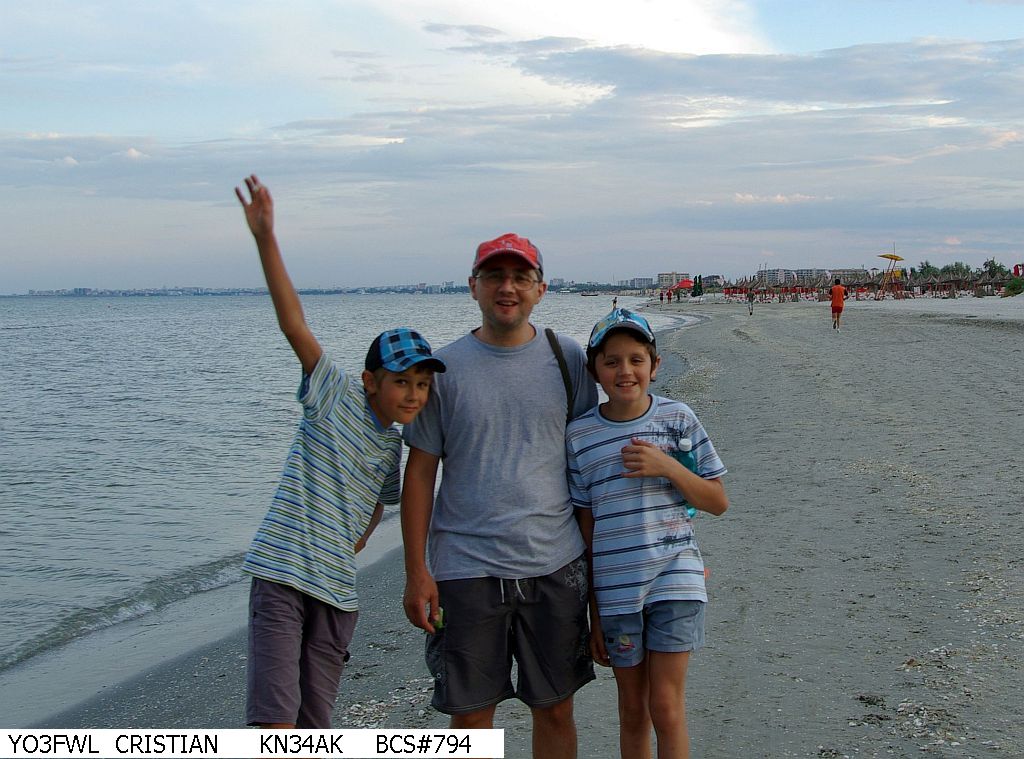 |
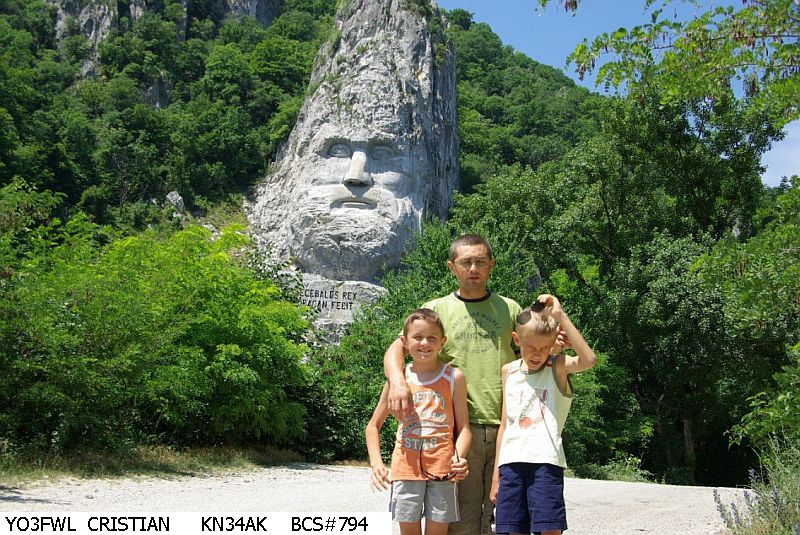 |
|
|
|
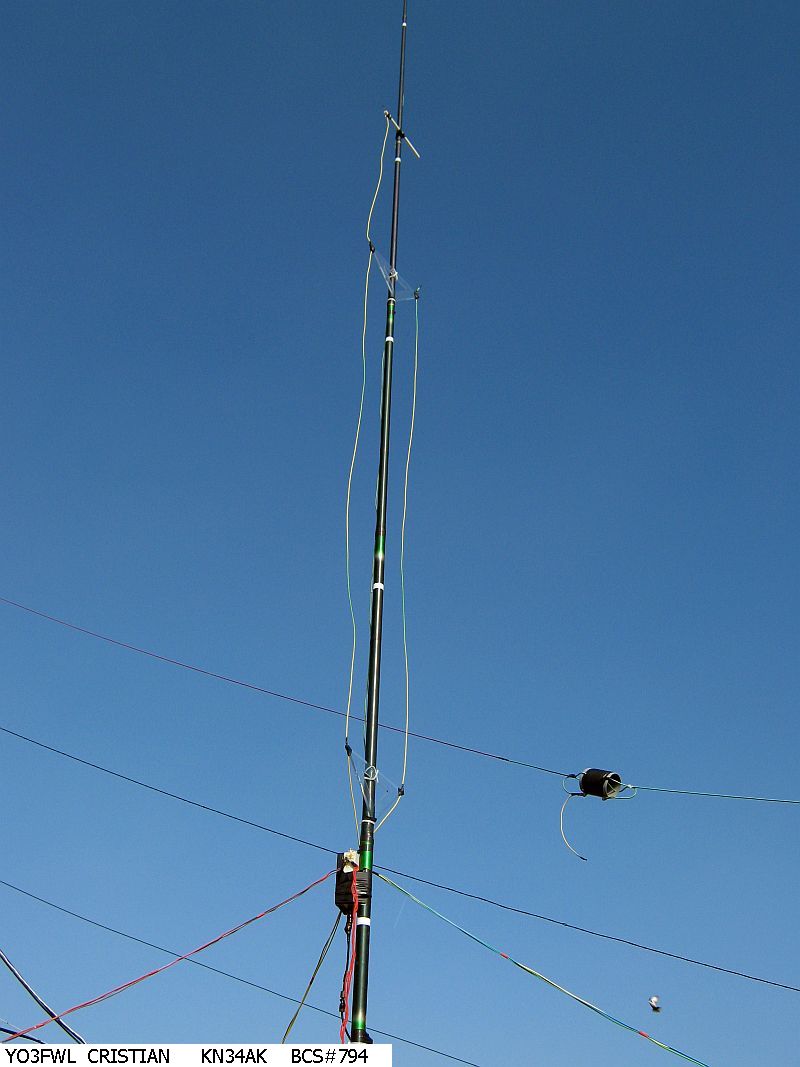 |
|
|
|
||
|
|
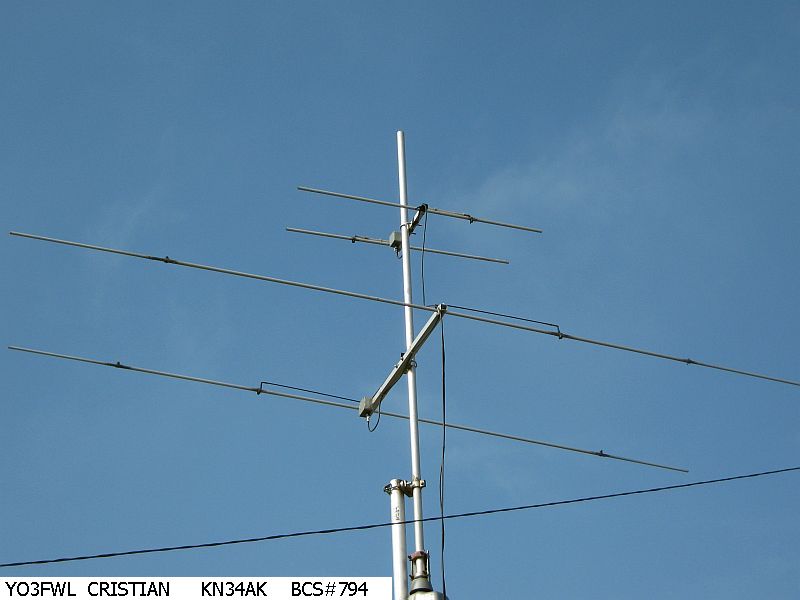 |
|
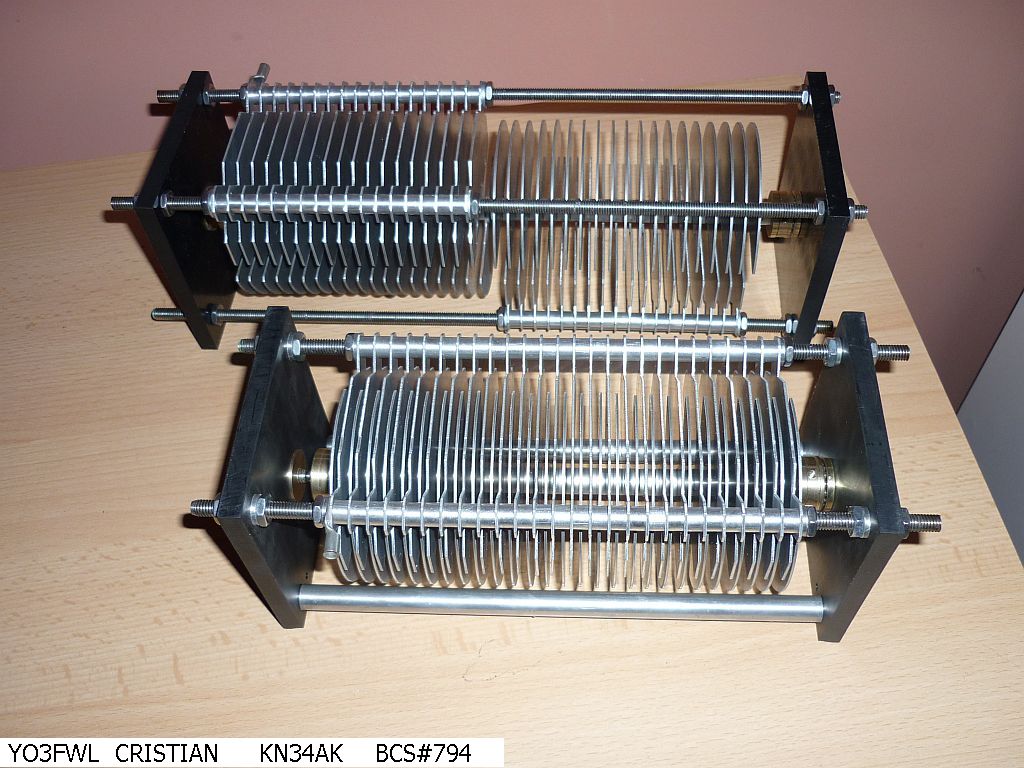 |
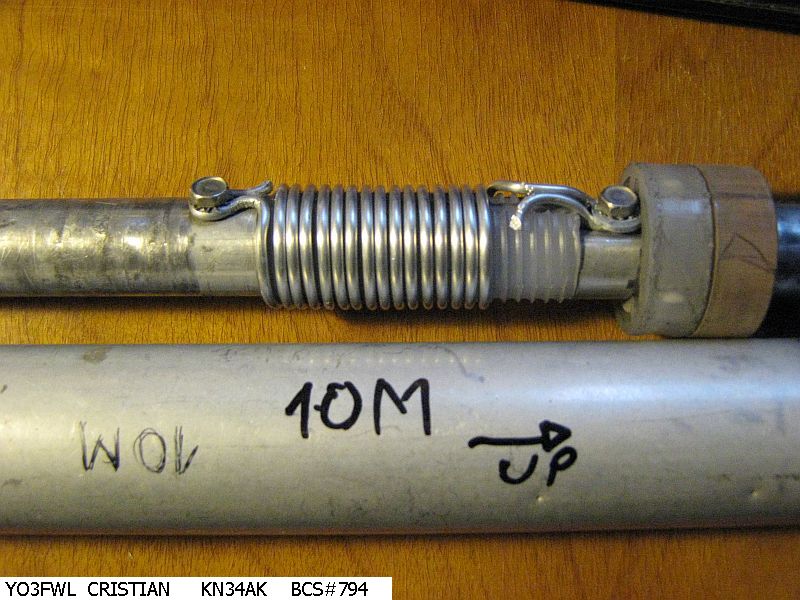 |
|
|
|
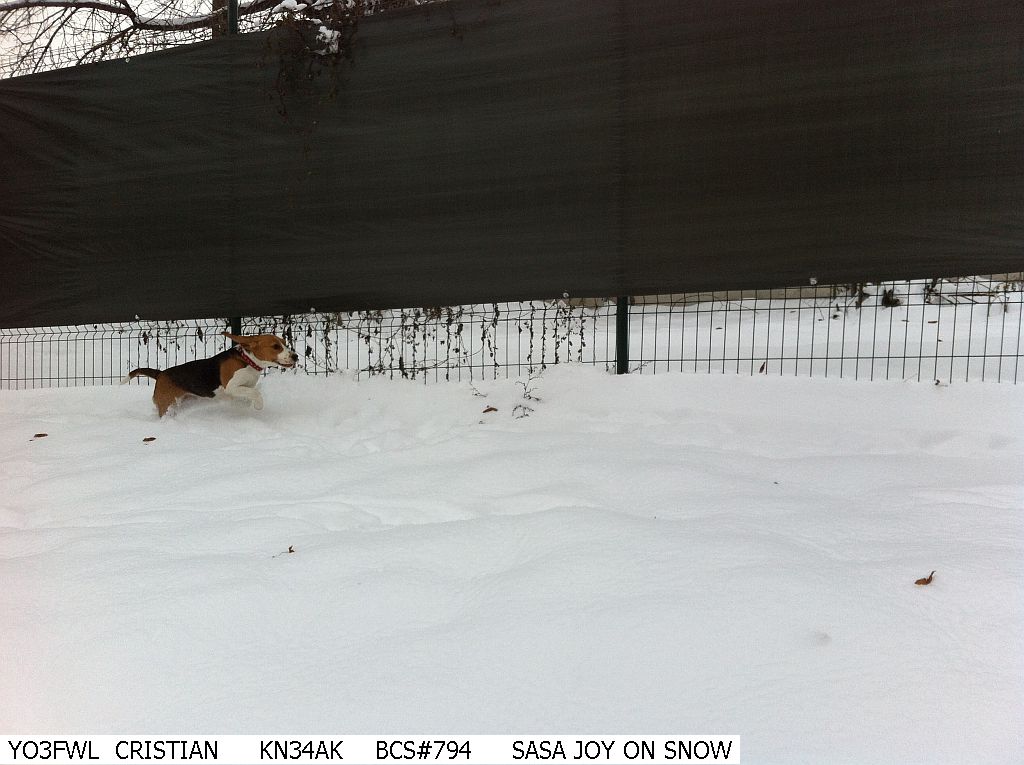 |
|
|
|
 |
|
|
|
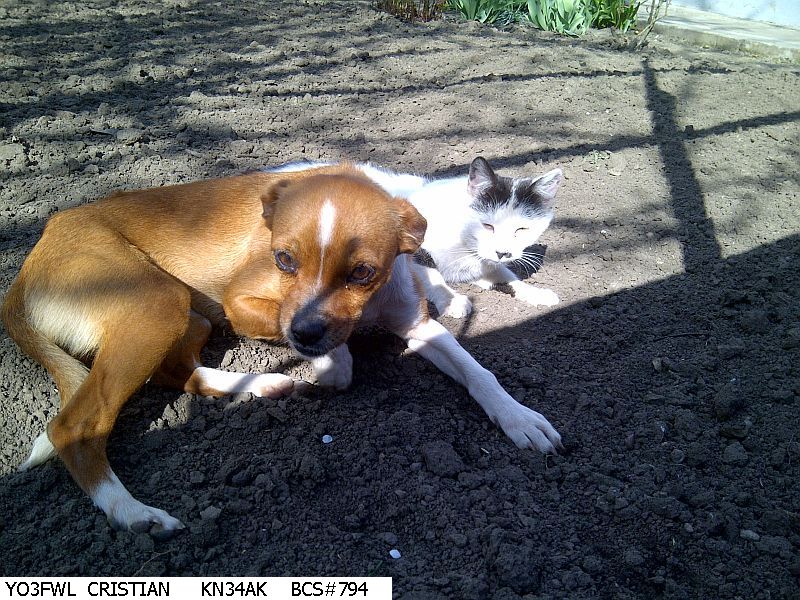 |
|
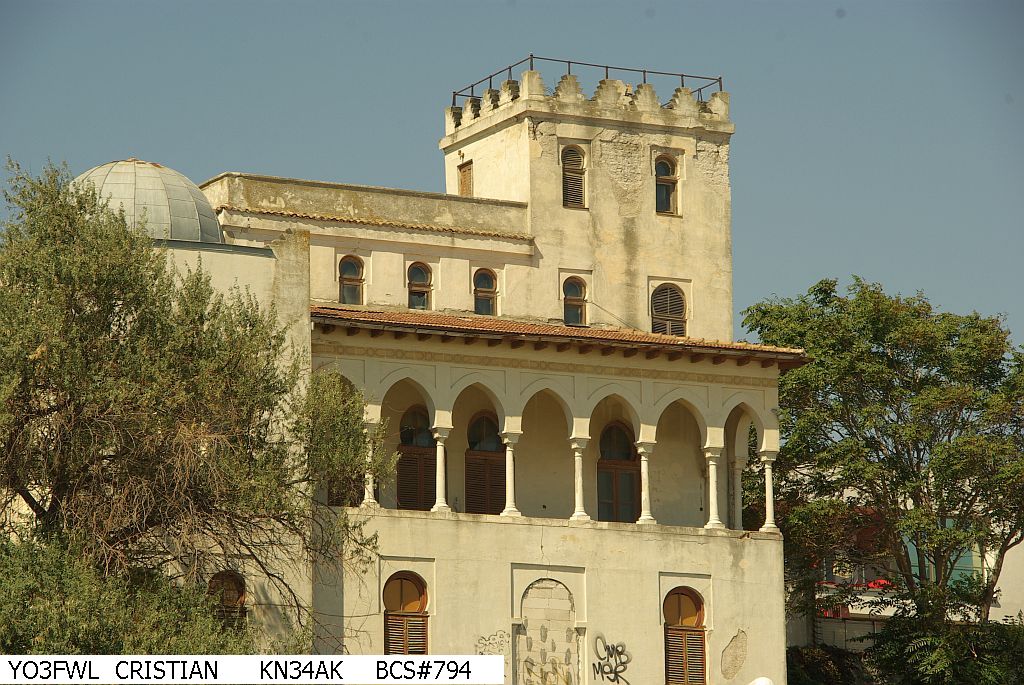 |
 |
|